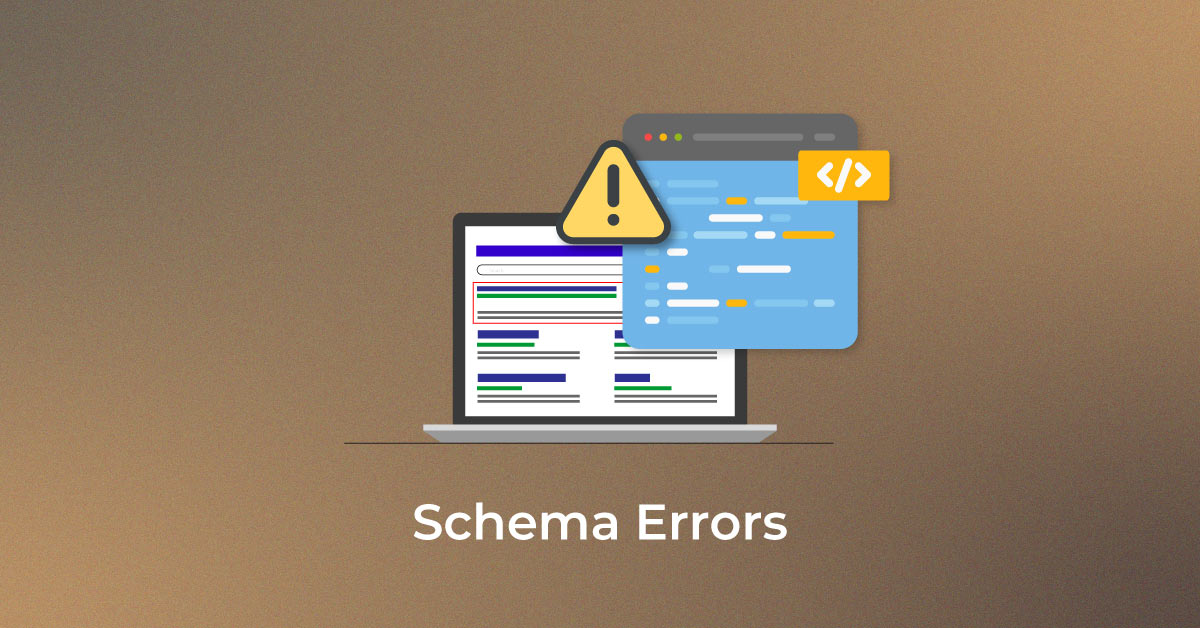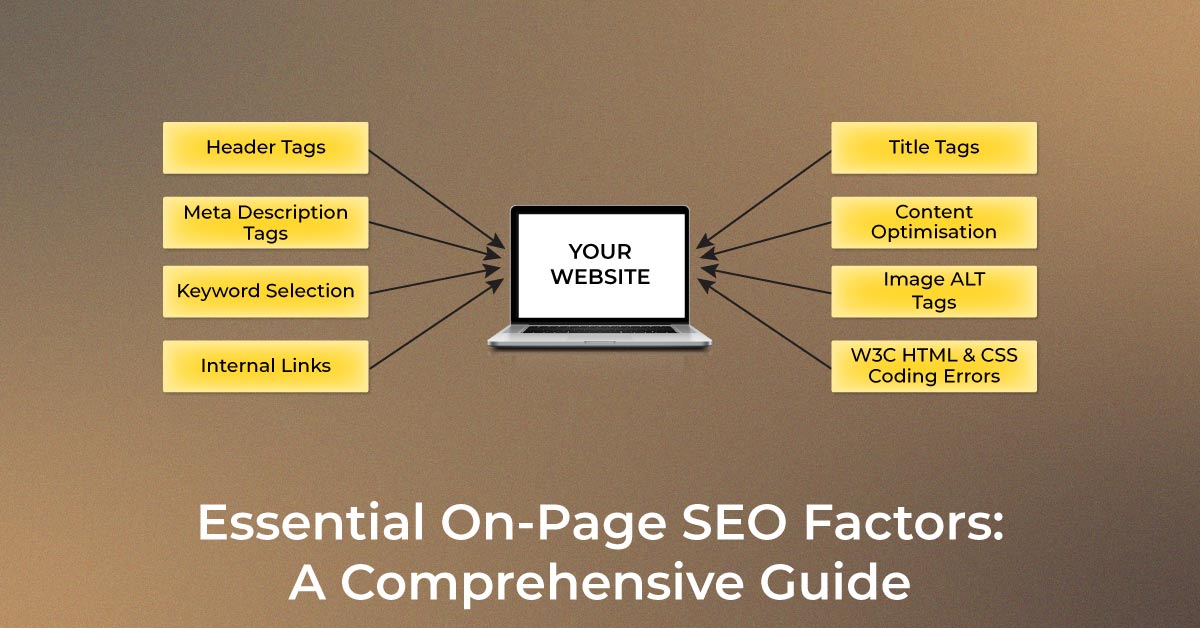In SEO, structured data refers to implementing some type of markup on a webpage. This provides additional details about the page’s contents. This helps search engines understand the content with relevant signals and also leads to enhanced results in SERPs (rich snippets, carousels, knowledge boxes, rich cards, etc).
There are three syntaxes which search engines support i.e.:
- Microdata
- JSON-LD
- Microformats
Google, Bing, Yahoo! and Yandex got together in 2011 to create a standardized list of attributes and entities which they all agreed to support as Schema.org.
Importance of Rich Snippets for e-Commerce
-
Improve your CTR
Rich Snippet is a code that makes it easy for search engines to organize information. Rich results make search listings stand out and improve your CTR by 20%-30%. They are especially effective for e-commerce product pages because consumers depend on visuals when it comes to shopping. Products with high-quality images sell better than products with poor-quality images.

If you are looking at the organic search results, you are probably going to gravitate towards the one with a clear star rating.

It’s important to note that there is more than one type of snippets. You would probably want to use them on your e-commerce site:
-
Products Schema
A code that showcases basic product details. The products schema features a product and its relevant information, like color, size, etc. If a product has specific dimensions as compared to similar products, you want to list that in your product mark-up.

If you are not a coding expert, you can refer to Google’s Structured Data Mark-up Helper.
Here, you can select the product type and add the product page URL. Once the relevant fields are filled in, click on ‘Create HTML’. This will provide a code which needs to be copy pasted into your website. Adding the code to a specific place on your website is also important. However, no developer will be able to get you the results you want unless your pages are optimized.
Also Read:
What is Structured Data SEO & How it Works
A Definite Guide for Schema Markup 2021
-
Reviews and Rating Schema
Adding reviews to your product schema boosts shoppers’ confidence. Around 90% of customers will read at least one online review before purchase.

You will see the “trusted reviews” section from other sites that have reviews of the product. This will feature a product review from a specific URL listing. Also, if your products are being reviewed or compared on another site, this is a great place to showcase.
The star rating is considered as the number-one factor used by consumers to judge a product. Even if the product doesn’t have a good rating, showing that it’s been rated and reviewed can still be beneficial to boost SEO results.
You can find detailed information for adding reviews and rating schema code here.
-
Price Schema
Pricing is a big factor when it comes to purchasing decisions. Studies show 46% of online shoppers want more product price comparisons from e-commerce sites. Price schema mark-up allows you to put this information front and center on the SERPs.

Seeing how these products are arranged next to each other helps consumers make better and faster decisions. If someone is looking for a product based on the price, they will eliminate the ones out of their range. This helps the user narrow down the search range.
There’s an indication that certain products are on sale. These snippets outline “discount available” or “price drop” details. If a user is shopping based on price, he might be more tempted to look at such products. You can use the Structured Data Mark-up tool to highlight the price on the page — just select “offer” and then the “price”.

If your product is featured on Google Shopped, it will pull any price changes or discount details as well.
-
Product Availability Schema
A user may leave your site and never come back later to see if the product is available again. You would want to include information up front about a certain product if it’s available/in stock.

- Use the mark-up for specific individual products
- Use the image, name, price and price currency to include your product information
Adding product availability details can help reduce bounce rates. The schema markup for availability can be found here.
-
Video Schema

Explainer videos help create engaging dialogue, explain product complexities, grab attention and help customers connect with the brand. Hence video schema markup is a great option if you are already adding rich snippets to your product pages.
Conclusion
John Mueller says schema mark-up helps in two areas:
- Schema mark-up has the most impact on rich results, which are special displays in SERP, like star ratings. This can improve CTR from the search results.
- Schema mark-up also helps you pull in more traffic from long-tail keywords, i.e. searchers who have entered exact query. Google is improving every day, and hence, you can improve your chances of being found if you supply this data.
Mueller also clarified that schema mark-up isn’t going to improve your rankings for queries. Google doesn’t decide how good a site is based on the use of schema markup. But it does help understand your site better.
Popular Searches
How useful was this post?
0 / 5. 0


















4 thoughts on “Structured Data Markup for E-commerce Product Pages”
Great Post
Thank you for sharing this article
Thanks, do subscribe us for more latest updates.
Your amazing insightful information entails much to me and especially to my peers.
Thank You